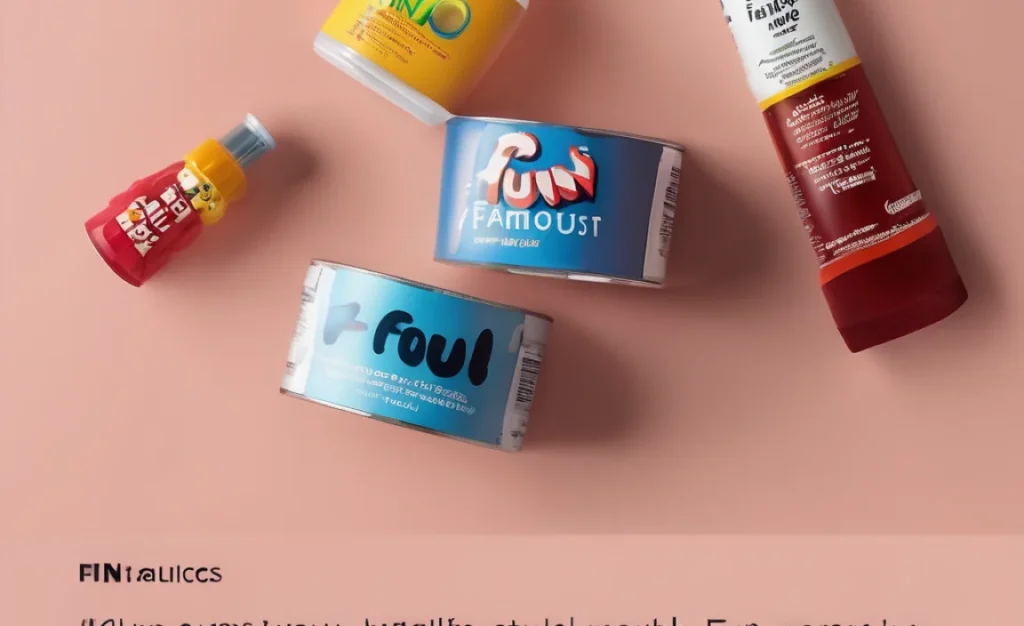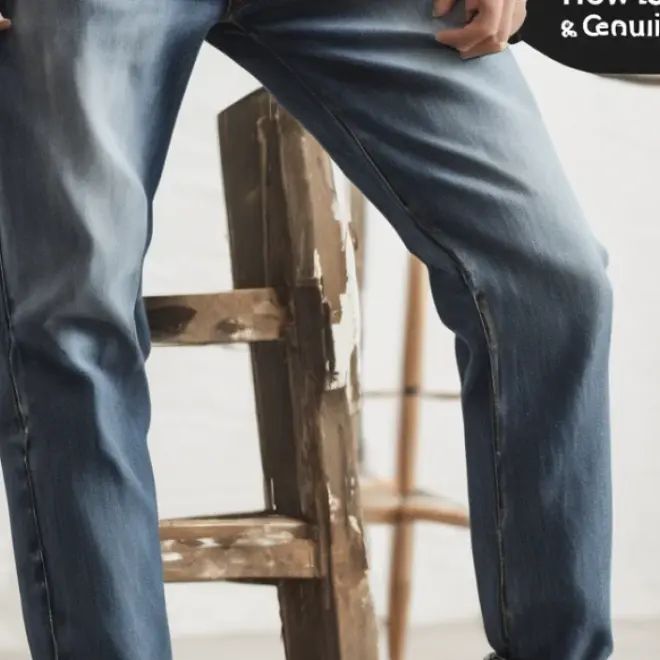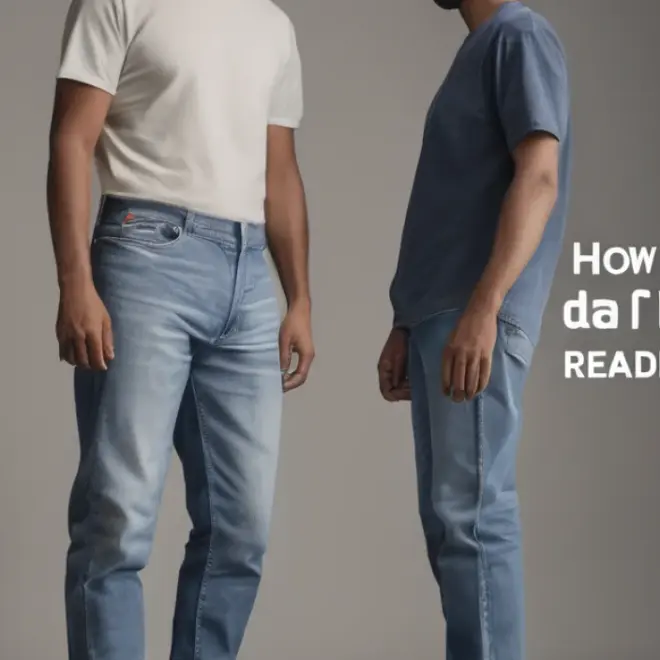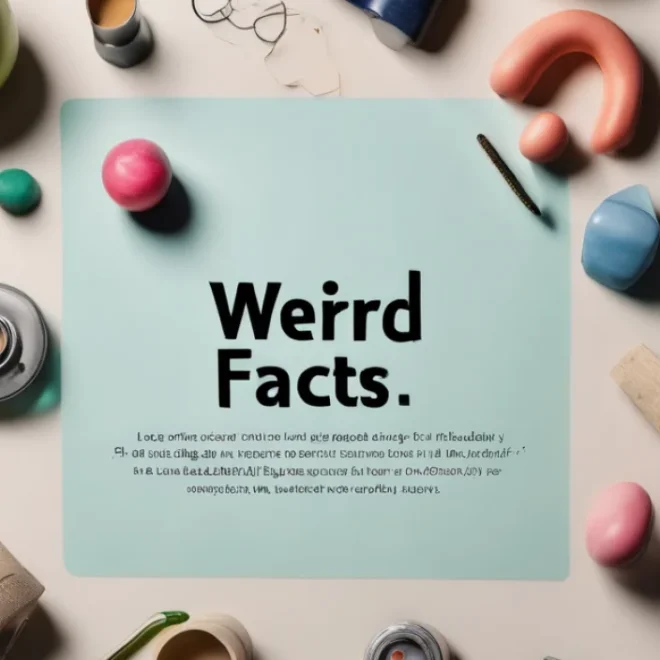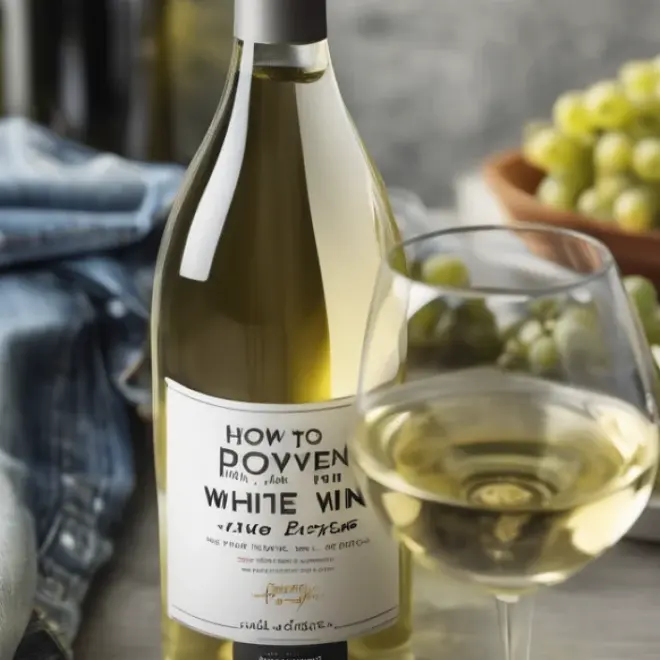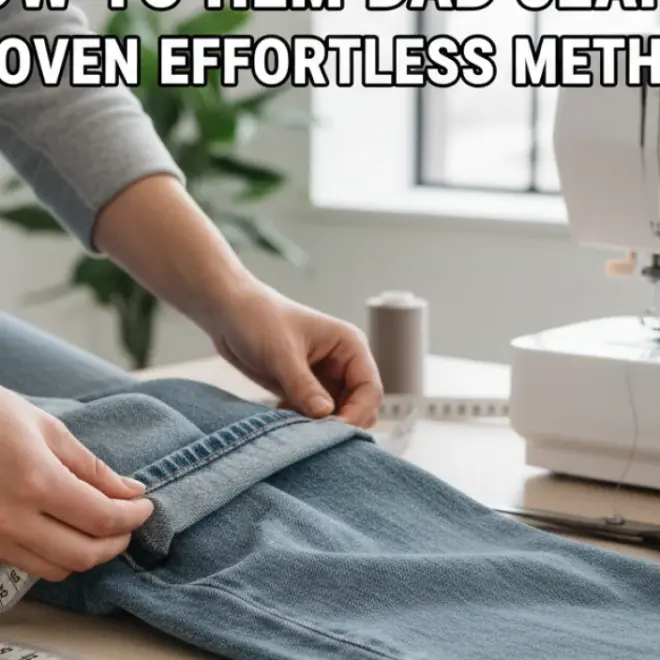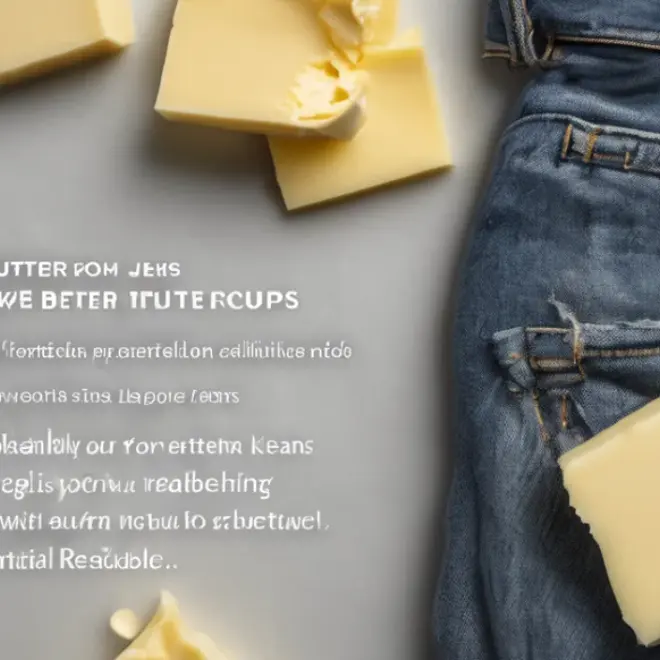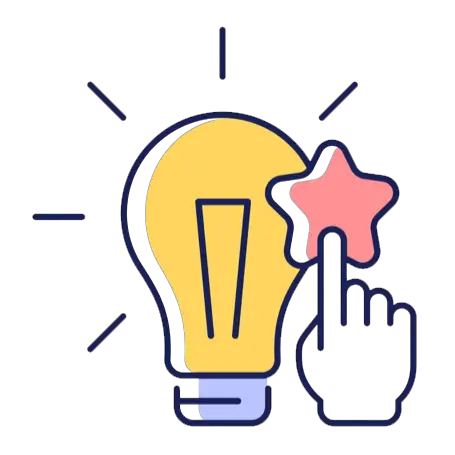Have you ever wondered about the secrets behind famous brands? These companies are more than just their logos. They have fascinating stories and surprising facts. From how they started to their most unique features, there’s so much to learn. Let’s dive into some fun facts about famous brands that will amaze you.
Key Takeaways
- Brands often start in surprising places like garages.
- Some logos have hidden messages you might not notice.
- Famous brands sometimes sell unexpected products.
- Many brands are older than you might think.
- Fun facts about famous brands can inspire creativity.
Fun Origins of Famous Brands
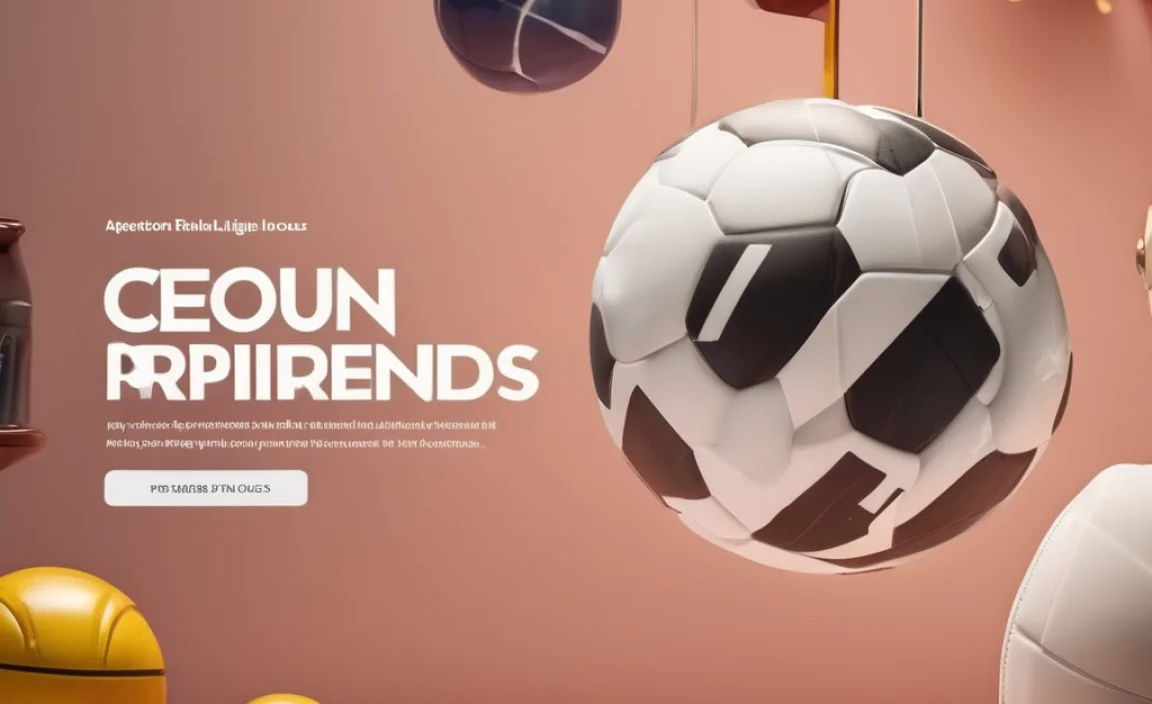
Many famous brands began in unusual ways. Some started in garages or kitchen tables. Did you know that Apple started in a garage? Steve Jobs and Steve Wozniak built their first computer there. Brands can have very humble beginnings. These stories inspire young entrepreneurs. They show that anything is possible. Many famous brands grew from small ideas. They became household names with determination and hard work.
- Apple started in a garage.
- Google began in a rented garage.
- Amazon started from a home office.
- Disney launched in a small studio.
- Nike’s first shoes were made in a waffle iron.
These brand origins show that big dreams can start small. You don’t need a huge office or lots of money to begin. All you need is a great idea and passion. Who knows? You might create the next big brand from your own home. Think about what you love and what you can offer. Maybe you’re the next Steve Jobs or Walt Disney.
Fun Fact: Walt Disney’s first studio was in his uncle’s garage!
Apple’s Garage Story
Can you believe Apple started in a garage? Steve Jobs and Steve Wozniak began there. They worked long hours, building the first Apple computer. The garage was small and simple. But it became the birthplace of a technology giant. Today, Apple is one of the most successful companies in the world. It all began with a big dream in a tiny space.
Google’s Humble Beginnings
Did you know Google started in a garage too? Larry Page and Sergey Brin rented a garage in California. They worked hard to create the Google we know today. Their goal was to organize the world’s information. With determination, they built a search engine that changed the internet. Now, Google is a household name, all from a small garage.
Nike’s Waffle Iron Shoes
Have you heard about Nike’s first shoes? They were made using a waffle iron! Bill Bowerman, a track coach, wanted better shoes for his runners. He poured rubber into a waffle iron to create the sole. It worked, and the shoes became a hit. This creative idea helped Nike become a leading sports brand. From waffles to running shoes, Nike’s story is incredible.
Hidden Messages in Logos

Logos often have secrets hidden inside them. They convey more than just the brand name. For example, the FedEx logo has a hidden arrow between the “E” and “x.” It represents speed and precision. Amazon’s logo has a smiley arrow. It shows that they deliver everything from A to Z. These hidden messages make logos special and memorable. Next time you see a logo, look closely. You might discover something new!
- FedEx has a hidden arrow.
- Amazon’s logo has a smile.
- Toblerone has a bear in its mountain.
- Baskin-Robbins shows the number 31.
- LG’s logo forms a smiling face.
Logos are more than just designs. They tell a story and represent a brand’s values. When brands craft their logos, they think deeply about the message. This makes them memorable and meaningful. Next time, take a closer look at logos around you. You might find hidden gems that tell a story all their own.
Fun Fact: Amazon’s logo arrow points from A to Z, showing they sell everything!
The Arrow in FedEx
Have you noticed the arrow in the FedEx logo? It’s a clever design trick. The arrow is hidden between the “E” and “x.” It signifies speed and precision. FedEx wants to highlight its fast and reliable service. Next time you see the FedEx logo, look for the arrow. It’s a cool hidden surprise!
The Smiling Amazon Logo
What’s special about the Amazon logo? It’s the arrow that forms a smile. The arrow starts at “A” and ends at “Z.” This means Amazon sells everything from A to Z. The smile represents customer satisfaction. Amazon wants to make customers happy. Every time you see the logo, remember their promise to serve you well.
Baskin-Robbins’ Number in Logo
Did you spot the number 31 in the Baskin-Robbins logo? It highlights their 31 ice cream flavors. The pink number is hidden in the “B” and “R.” Baskin-Robbins wants to show variety in their ice cream. Next time you’re there, try counting the flavors. You’ll see why their logo is special!
Unexpected Products Sold by Brands
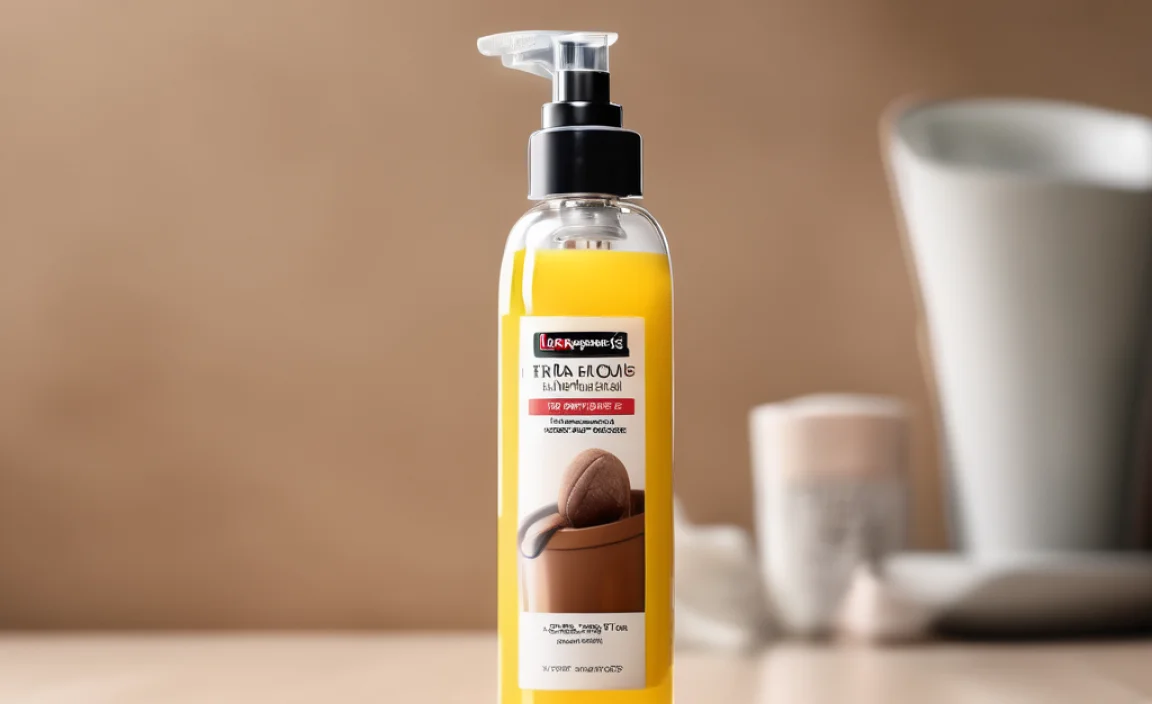
Famous brands sometimes sell surprising products. Did you know Colgate once sold frozen meals? It wasn’t a big success. But it’s interesting to see what brands try. Harley-Davidson once sold perfumes! These unusual products show brands exploring new ideas. They want to grow by offering different things. Sometimes it works, and sometimes it doesn’t. But each attempt tells a story.
- Colgate sold frozen meals.
- Harley-Davidson sold perfumes.
- Cadbury made chocolate drinks.
- Heinz tried canned spaghetti.
- Sony once made rice cookers.
Brands often need to experiment. They try different products to see what works. Some attempts are successful, while others aren’t. These experiments can boost creativity and lead to new discoveries. So, the next time you hear about an unusual product, remember it’s all part of a brand’s journey to innovate and grow.
Fun Fact: Harley-Davidson once sold perfumes named “Hot Road” and “Leather.”
Colgate’s Frozen Foods
Can you imagine Colgate selling frozen meals? It seems odd, right? But they tried it in the 1980s. The idea was to offer complete oral care and food. Unfortunately, it didn’t work out. People couldn’t associate toothpaste with food. This fun fact shows how brands sometimes take unexpected paths.
Harley-Davidson’s Perfumes
Did you know Harley-Davidson once sold perfumes? They launched “Hot Road” and “Leather” scents. They tried to capture the biker spirit. However, it wasn’t popular with fans. People preferred the brand for its motorcycles. This shows how hard it can be to expand into new markets.
Sony’s Rice Cookers
Have you heard about Sony’s rice cookers? Long ago, Sony made them. But they weren’t very good. The rice often burned. Sony learned and focused on electronics instead. This choice helped them grow into a global tech giant. It teaches us that finding the right product is key to success.
Brands Older Than You Think
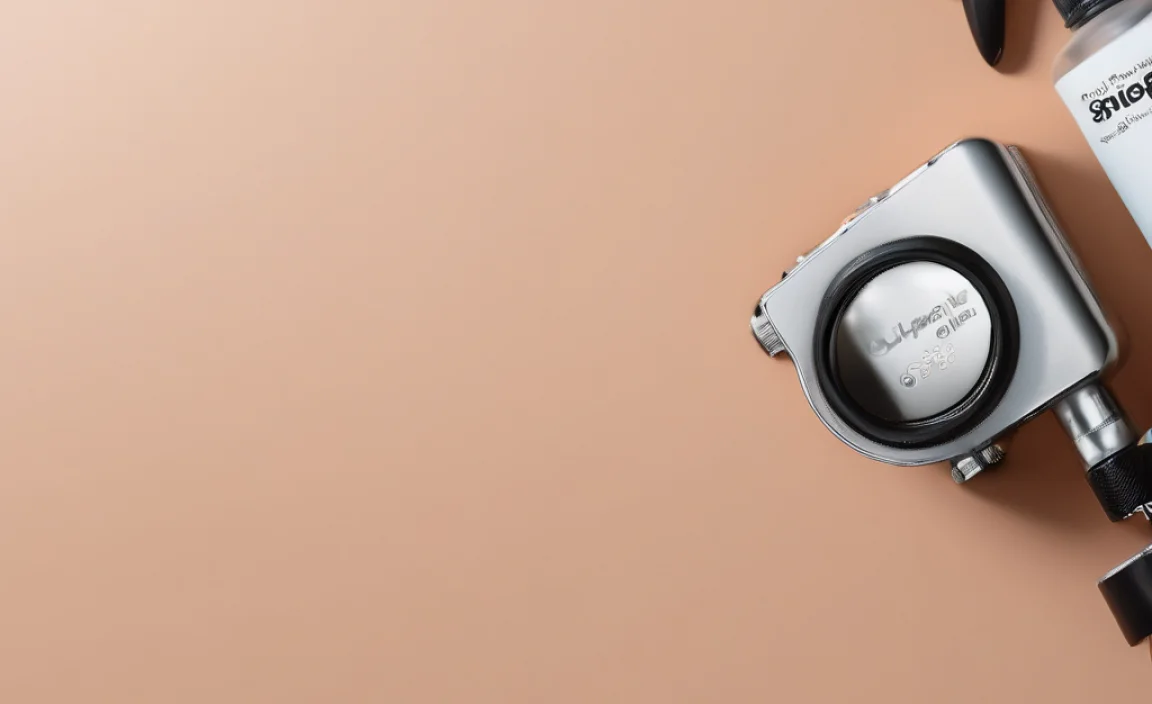
Many brands are older than you might imagine. Coca-Cola, for example, started in 1886! It began as a soda fountain drink. Today, it’s enjoyed worldwide. Johnson & Johnson, famous for baby products, started in 1886 too. Brands like these have a rich history. They survived wars and economic changes. That’s why they’re still around today. They adapted and thrived over the years.
- Coca-Cola started in 1886.
- Johnson & Johnson began in 1886.
- Pepsi came about in 1898.
- Levi’s started in 1853.
- General Electric was founded in 1892.
These brands have seen it all. They’ve lasted through many changes in the world. Their resilience is inspiring. They show that with determination and innovation, brands can last a long time. Next time you enjoy a Coke or put on Levi’s jeans, remember their long history.
Fun Fact: Coca-Cola’s first year sold just nine drinks a day!
Coca-Cola’s Long History
Did you know Coca-Cola is over 130 years old? It was created in 1886. The first sales were at a small pharmacy. They sold just nine drinks a day. But the refreshing taste caught on. It became popular and spread worldwide. Now, Coca-Cola is one of the most recognized brands ever.
Levi’s Jeans Since 1853
Can you believe Levi’s jeans have been around since 1853? They were created by Levi Strauss. The jeans were originally work pants for miners. The strong fabric lasted longer. Soon, everyone wanted them. Today, Levi’s jeans are a fashion staple. Their long history shows their timeless appeal.
Johnson & Johnson’s Early Days
Did you know Johnson & Johnson started in 1886? They first made bandages and medical supplies. Their products helped people heal faster. Over the years, they expanded to baby care and more. Now, they’re a trusted name worldwide. Their history shows how a small company can grow and succeed.
Inspiring Creativity Through Brand Stories
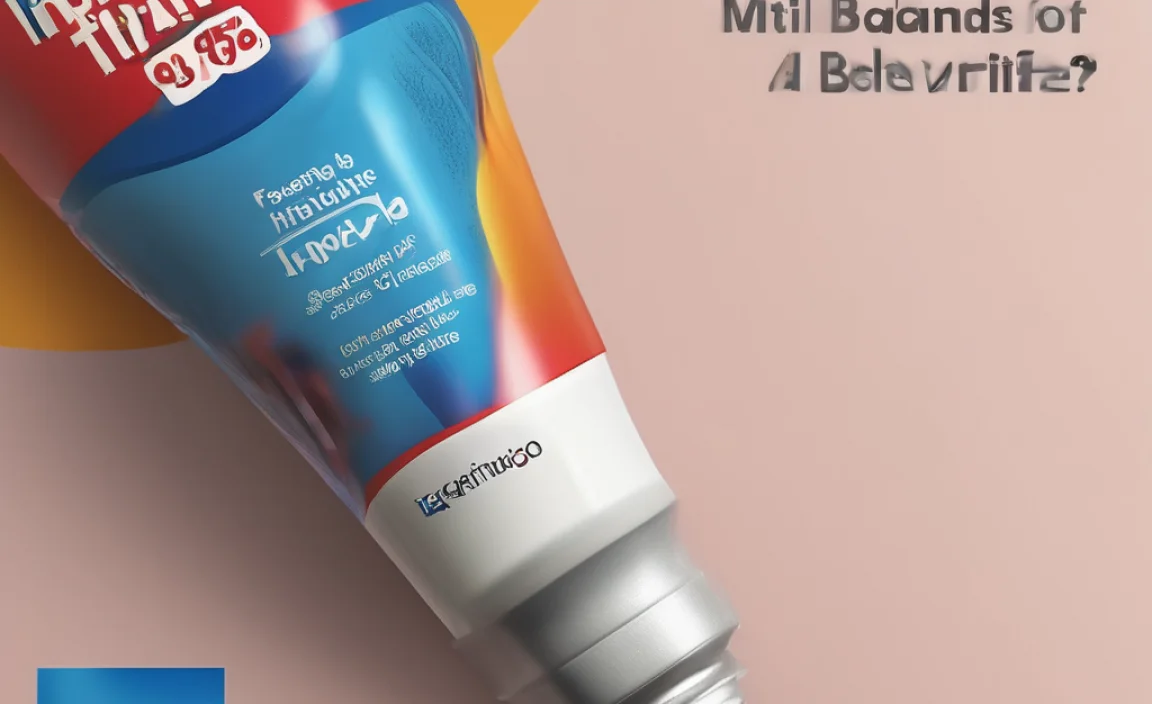
Fun facts about famous brands can spark creativity. They show how small ideas become big successes. Every brand has a unique story. These stories inspire people to dream big. They encourage young minds to innovate. Learning about brands can boost your imagination too. You might think of new ideas for the future.
- Stories show small ideas grow big.
- They inspire dreaming and innovation.
- Brand histories teach resilience.
- Kids can learn from brand journeys.
- They promote imagination and creativity.
Brand stories remind us that anything is possible. They prove that hard work and good ideas can lead to success. As you learn about these brands, think of your passions. Maybe you can create something amazing too. Let these stories motivate you to try new things and explore your creativity.
Fun Fact: The inventor of the Frisbee was turned into a Frisbee himself after he died!
Learning from Brand Success
How do brands become successful? It starts with a great idea and hard work. Many famous brands began small. But they believed in themselves and kept moving forward. They didn’t give up when things got tough. They adapted to changes and grew stronger. Their stories teach us about perseverance and innovation. We can apply these lessons in our lives too.
Innovating with Brand Stories
How can brand stories inspire innovation? They show us the power of creativity. Brands often try new things and take risks. Sometimes these risks pay off. Other times, they learn valuable lessons. These stories encourage us to think differently. They help us find new solutions. We can turn our ideas into reality by learning from brands.
Encouraging Young Minds
Can brand stories inspire kids too? Yes! They show that anything is possible. Kids can learn to dream big by hearing these stories. They see how hard work leads to success. Brand journeys teach creativity and problem-solving. They encourage young minds to explore their passions. Who knows? Kids today might create the next big brand tomorrow!
Conclusion
Exploring fun facts about famous brands teaches us many lessons. From humble beginnings to hidden messages, these brands inspire creativity. Their stories show that big dreams can start small. They remind us to innovate and adapt. Learning about these brands can spark new ideas. Who knows? You might create your brand story one day.
FAQs
Question: What are fun facts about famous brands?
Answer: Fun facts about brands include hidden logos and surprising products. For example, did you know that Nike’s first shoes were made using a waffle iron? These stories make brands interesting and memorable.
Question: Why do brands have hidden messages in logos?
Answer: Hidden messages in logos make them more intriguing. They allow brands to communicate values creatively. For instance, the arrow in the FedEx logo represents speed. These small details often leave a lasting impression.
Question: How can brand stories inspire creativity?
Answer: Brand stories showcase creativity and innovation. They show how small ideas become big successes. Learning about these stories encourages others to think outside the box. They inspire new ideas and ways to solve problems.
Question: What is a surprising product a famous brand sold?
Answer: Colgate once sold frozen meals, which may surprise many. They wanted to expand into food but didn’t succeed. It shows that even famous brands take unexpected paths. These efforts sometimes fail, but they inspire creativity and innovation.
Question: How old are some of the oldest brands?
Answer: Some brands are over 100 years old! For example, Coca-Cola started in 1886. Levi’s began in 1853. These brands have adapted over time. Their long histories show resilience and the ability to change with the world.
Question: Why do famous brands try unexpected products?
Answer: Brands try unexpected products to explore new markets. They want to grow and reach more customers. Sometimes these products succeed, sometimes they don’t. It’s all part of a brand’s journey to innovate and find new opportunities.


